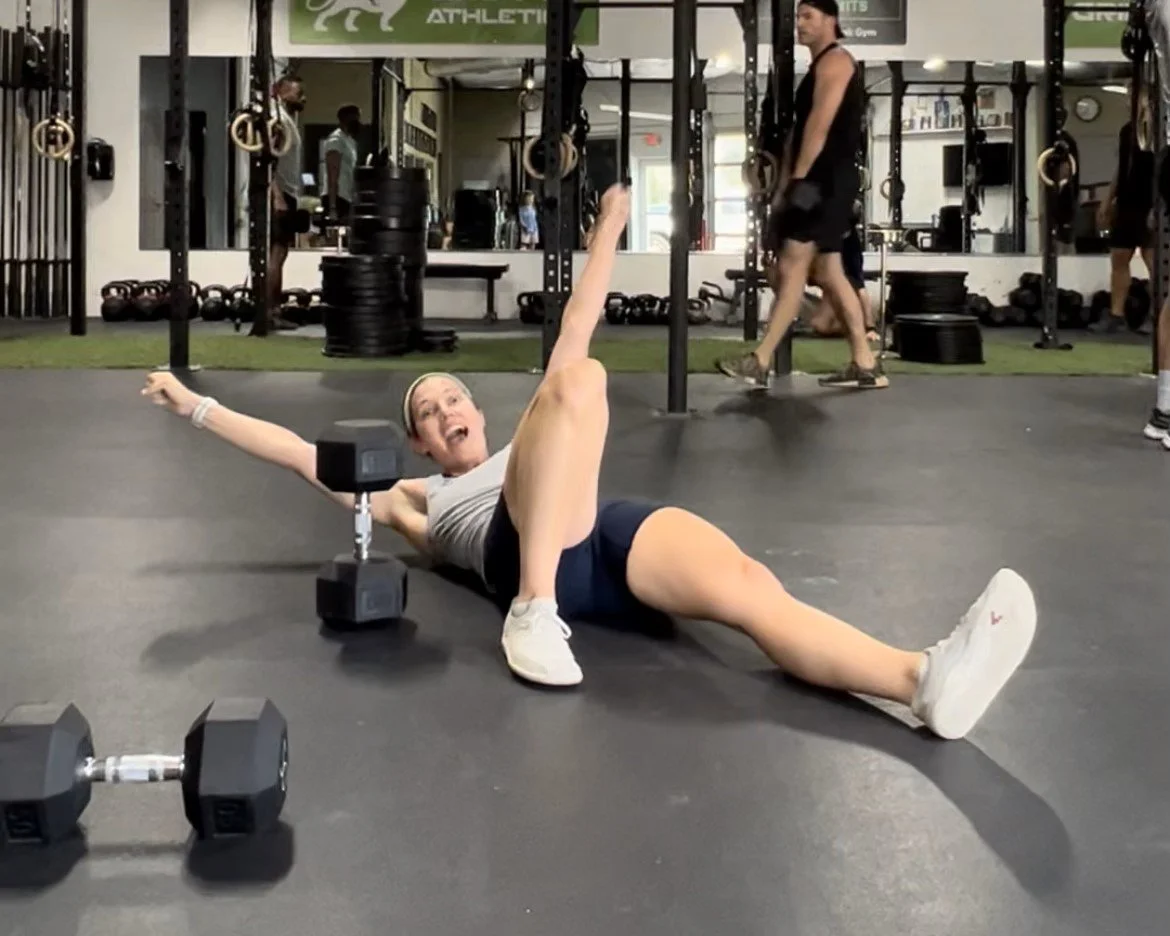Article Series / Course
Understanding the MovementLink Program
This series of articles is designed to provide you insights into the MovementLink workout program to help you further customize your experience to fit your exact goals and life.
Choosing Which Days to Workout
Each day of the week has a specific day type allowing you to customize your schedule.
The Workouts are Posted Online
On Sundays around 2 PM, we post the upcoming week’s workouts. Each post additionally has links to our exercise guides which provides demo and coaching tip videos.
Why Functional Movement Patterns?
All human movement stems from very basic functional movement patterns and the techniques we choose to use in the gym should directly transfer to the life we want to live.
Workout F.I.I.T.
Focusing on workout scores can actually be a detriment to results. We workout For Intent, Intensity, & Technique which allows us to target the exact stimuli we are after, maximizing results.
A Need for Speed
Ensure high quality strength training by meeting the required amount of effort.
Resolving Mobility Issues
Learn how to identify and resolve nagging pains and mobility issues to increase performance and create a huge buffer from injury.
Why We Don’t Wear Supportive Gear
For our workouts to have maximal transfer to our real lives, we need to challenge our body in the way it’s going to be challenged in the real world.
Should You Perform Heavy Barbell Snatches?
Let’s dig into which types of athletes utilize the snatch in their training to get a feel for if the snatch fits your goals.
Selecting DB and KB Weights
To help you customize dumbbell and kettlebell weight prescriptions, we use the terms “heavy”, “medium”, and “light”. Learn what weights you should be using.
Scaling Bodyweight Exercises
Scaling weights is simple, as we can simply choose appropriate weights for our technique and fitness level, but when we weight what we weight, how do we adjust and progress bodyweight exercises?
Selecting Box Heights
Most people use a box that is too high for them, unnecessarily increasing the risk of injury while simultaneously reducing the intended stimulus of the workout.
Estimating 1 Rep Maxes
We don’t have to max out to get an estimate of your max. Having an idea of what you can lift allows you to customize your workouts based on our prescribed percentages.
Cardio Pacing Table
To dial in the intended stimulus of our workouts, when we use the rower or the air bike or when we run, sometimes we use terms like “easy”, “medium”, “hard”, and “max effort”.
“Easy” = Lactate Zone 2
While most of our workouts would be considered high-intensity, every now and then we prescribe a Lactate Zone 2 pace. This pace is very slow relative to what most are used to, so important to understand why, so you’ll have trust in the process.
Benchmark Week
Three times a year (after each macrocycle), we go through MovementLink’s Benchmark Workouts to help us reflect on our progress and identify any potential areas that could use a boost.
New Macrocycle Considerations
Starting a new macrocycle is the perfect time to re-prioritize and build technique along with additional opportunities.
Workout Programming
Take a peek behind the curtain to learn how we create our yearly calendar, macrocycles, mesocycles, and how we select the number of sets and reps to get the desired stimulus.
The MovementLink Bucket List
Check-out the must experience things at the MovementLink gym.


















